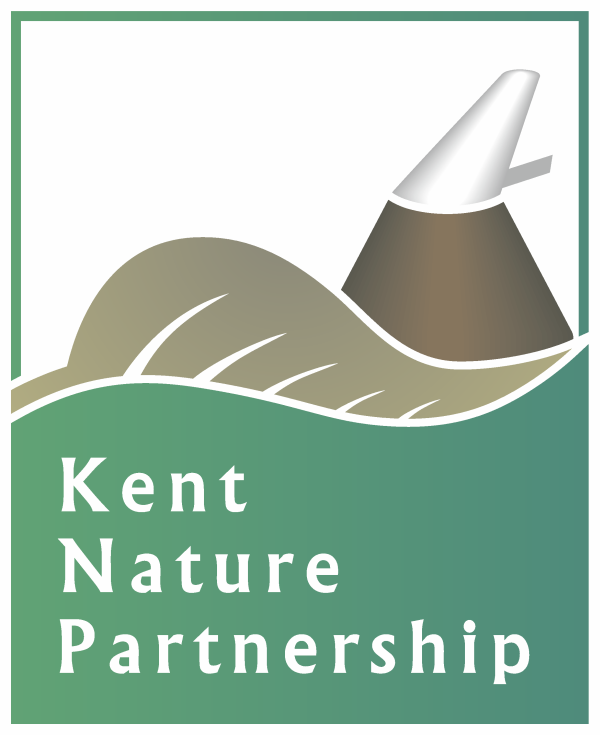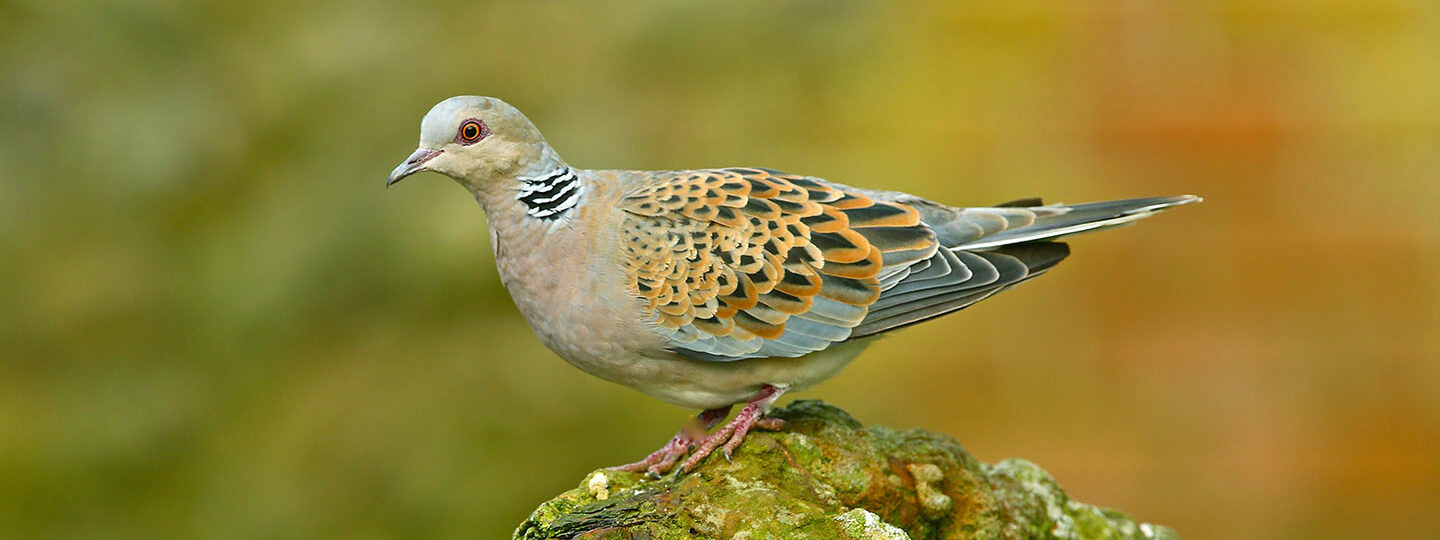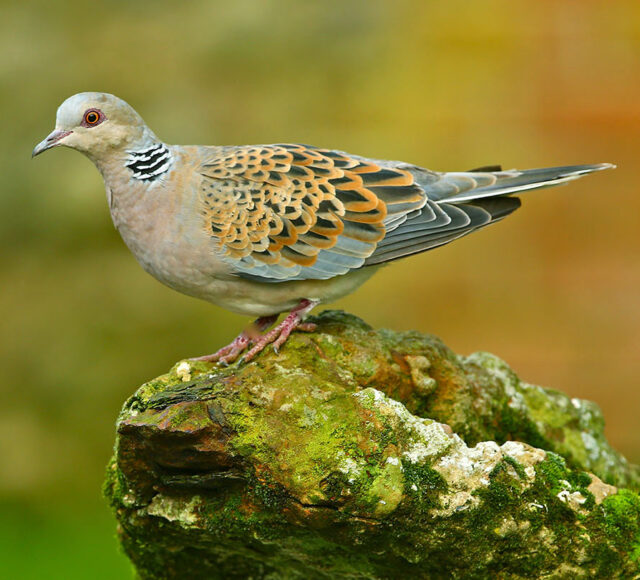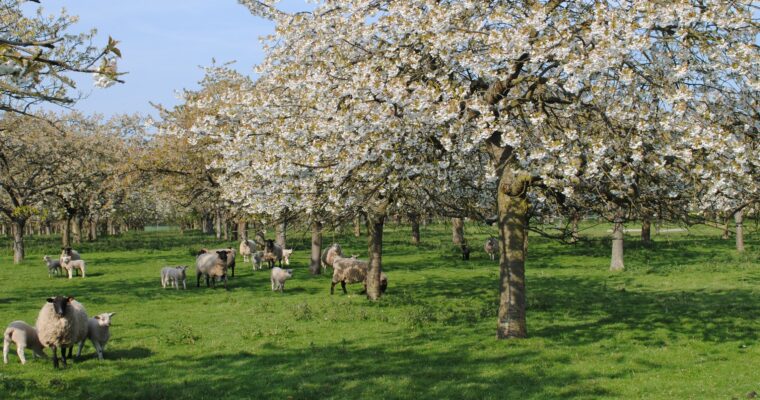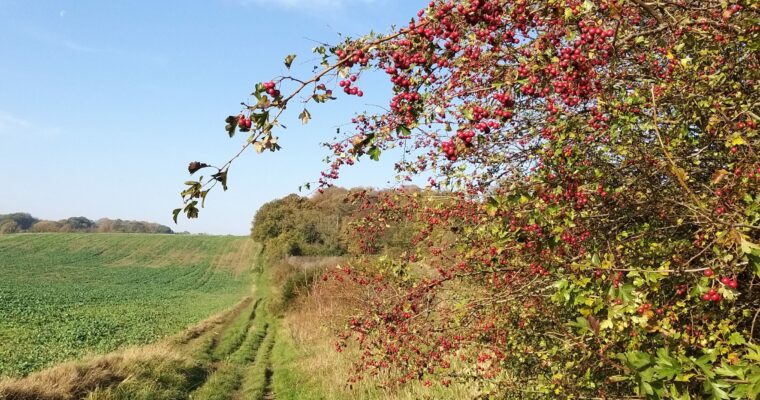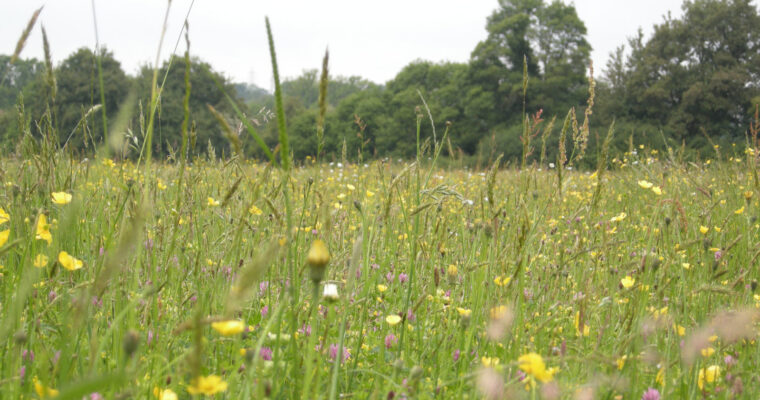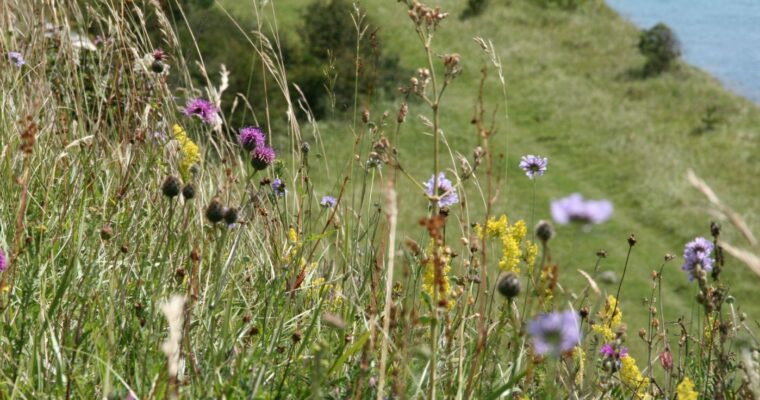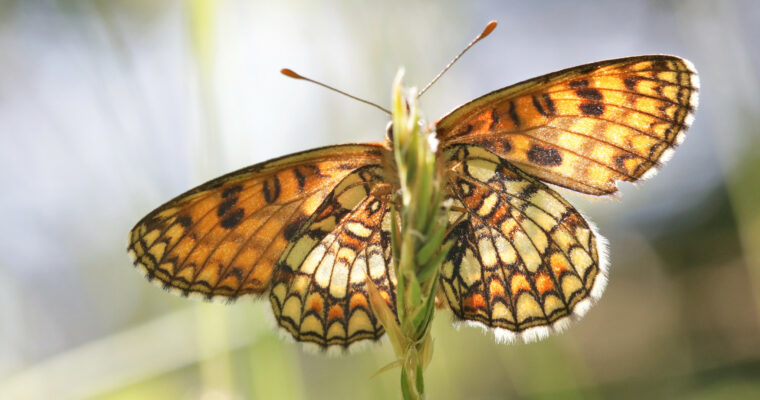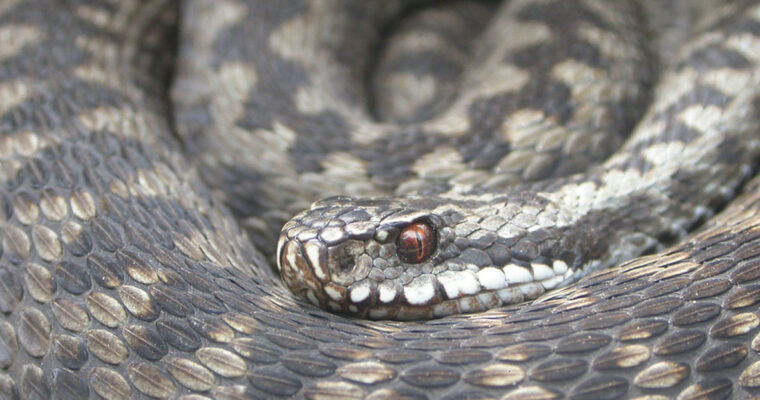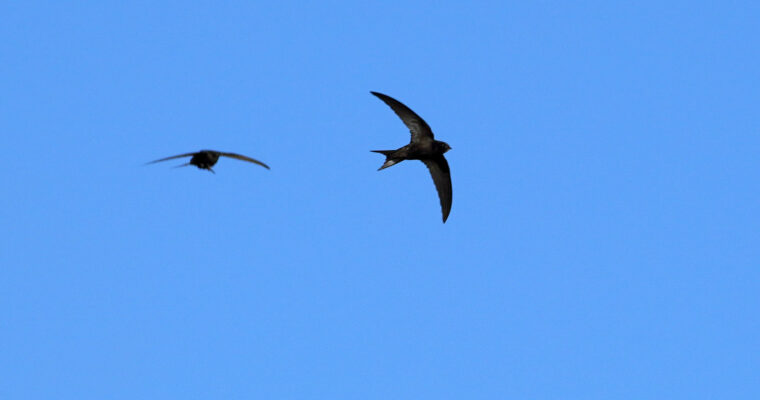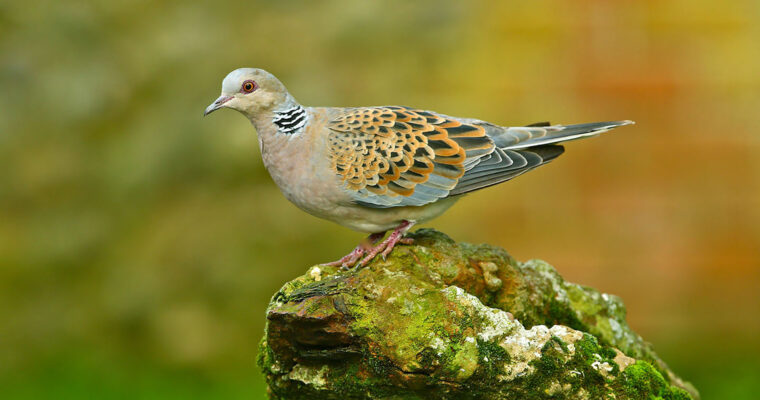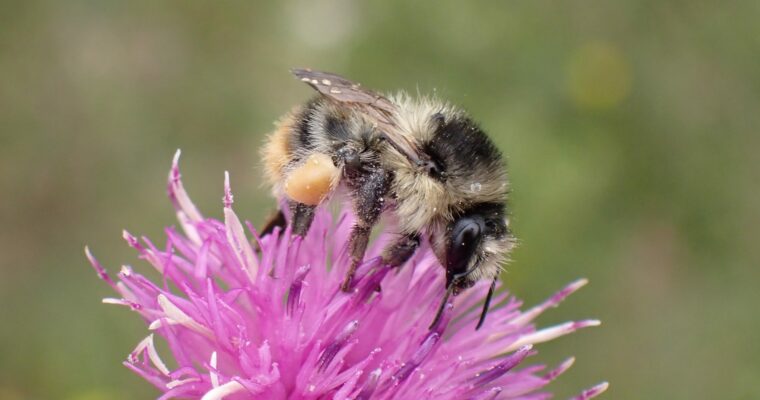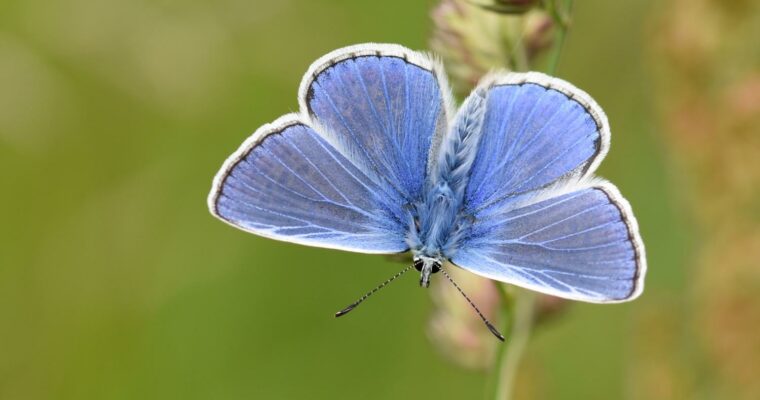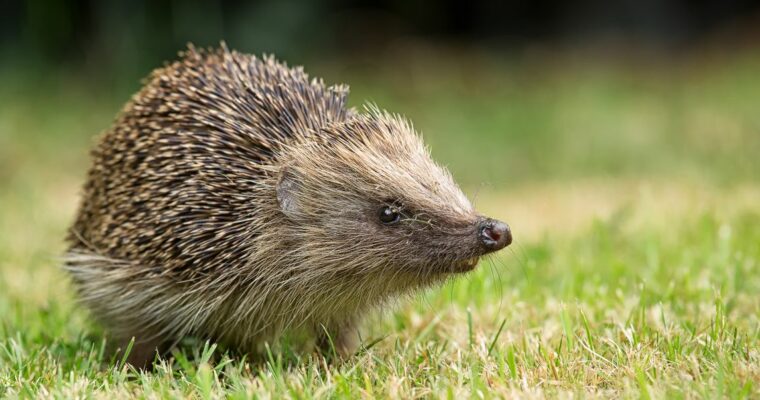Over the last few decades, we have lost significant areas of many of our most precious habitats. We now need to restore those degraded habitats, replenish our depleted soils and arrest the decline of native species to deliver robust ecological networks that are sustainable, ecologically coherent and resilient to climate change. We will expand our use of natural processes and natural solutions to ensure more sustainable use and management of habitats, to provide biodiversity net gains, and to protect and grow our natural capital.
Our objectives for terrestrial ecosystems, habitats and species are, by 2045:
- 20.84% high value semi-natural habitat (74,750 ha) well managed for nature (from the 2015 baseline of 14.6% and 54,640 ha).
- An ecological network of semi-natural habitat (high and low value) covering 30% of Kent (112,000 ha) (from the 2015 baseline of 27% and 100,872 ha).
- 75% Sites of Special Scientific Interest restored to favourable condition, securing their wildlife value for the long term (from the 2019 baseline of 68%).
- More, bigger and less fragmented areas of wildlife-rich habitat outside the protected sites network for wildlife, with an increase in the overall extent of all priority habitats to ensure greater connectivity and resilience to climate change.
- Over half of Local Wildlife Sites in good management, securing their local wildlife value for the long term (from the 2019 baseline of 43%).
- New development to better provide for a greener urban environment, through increased urban tree planting, the inclusion of integral wildlife niches, and green building and landscape design.
- Protect and restore existing trees, hedgerow and woodland, whilst increasing the county’s tree cover with the right trees in the right places, which supports the recovery of wildlife, delivers natural climate solutions and enriches people’s lives.
- Kent-specific threatened and iconic species of terrestrial animals and plants are recovering, including those that support ecosystem services (for details, see Species table below).
Show more about Terrestrial ecosystems, habitats and species
